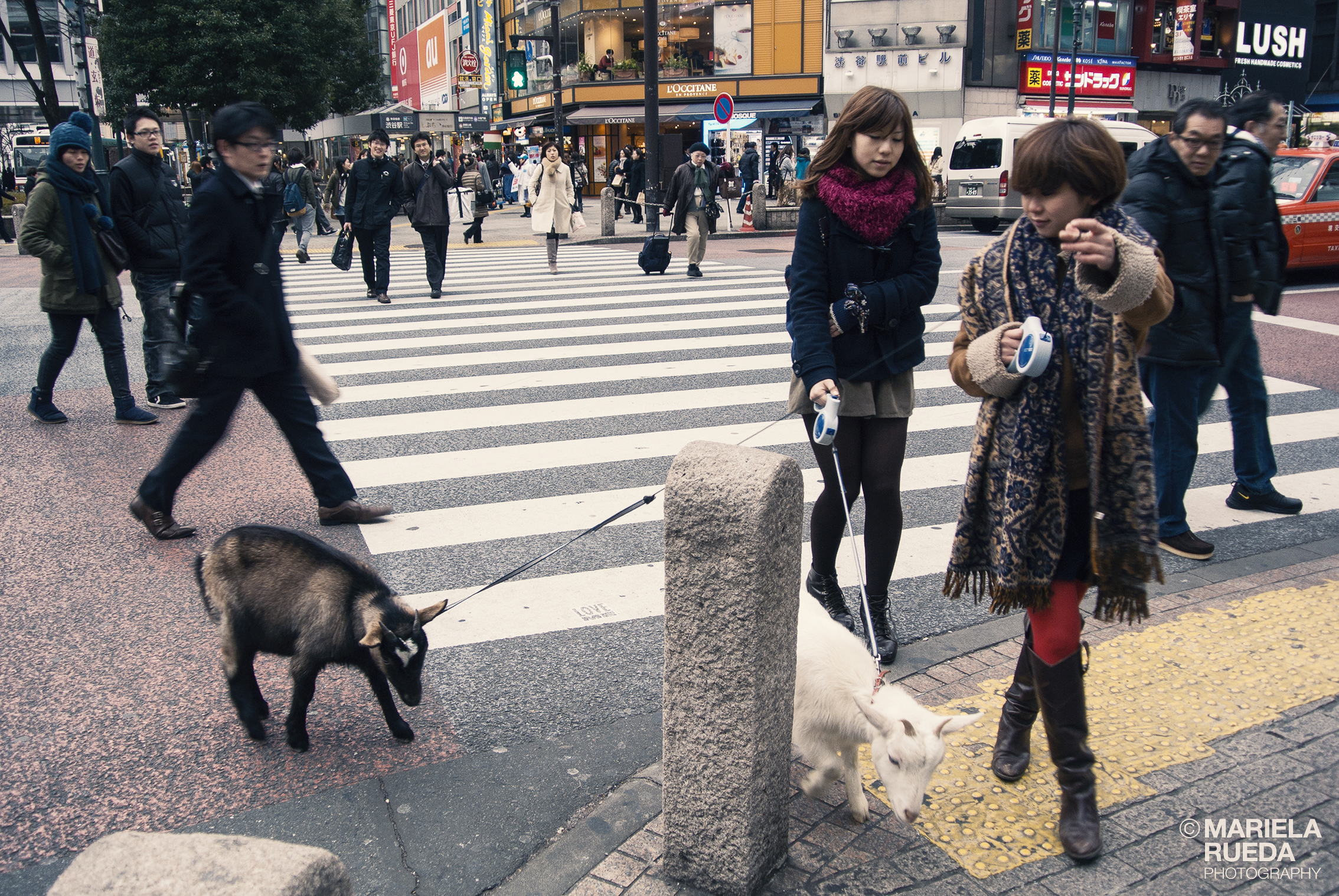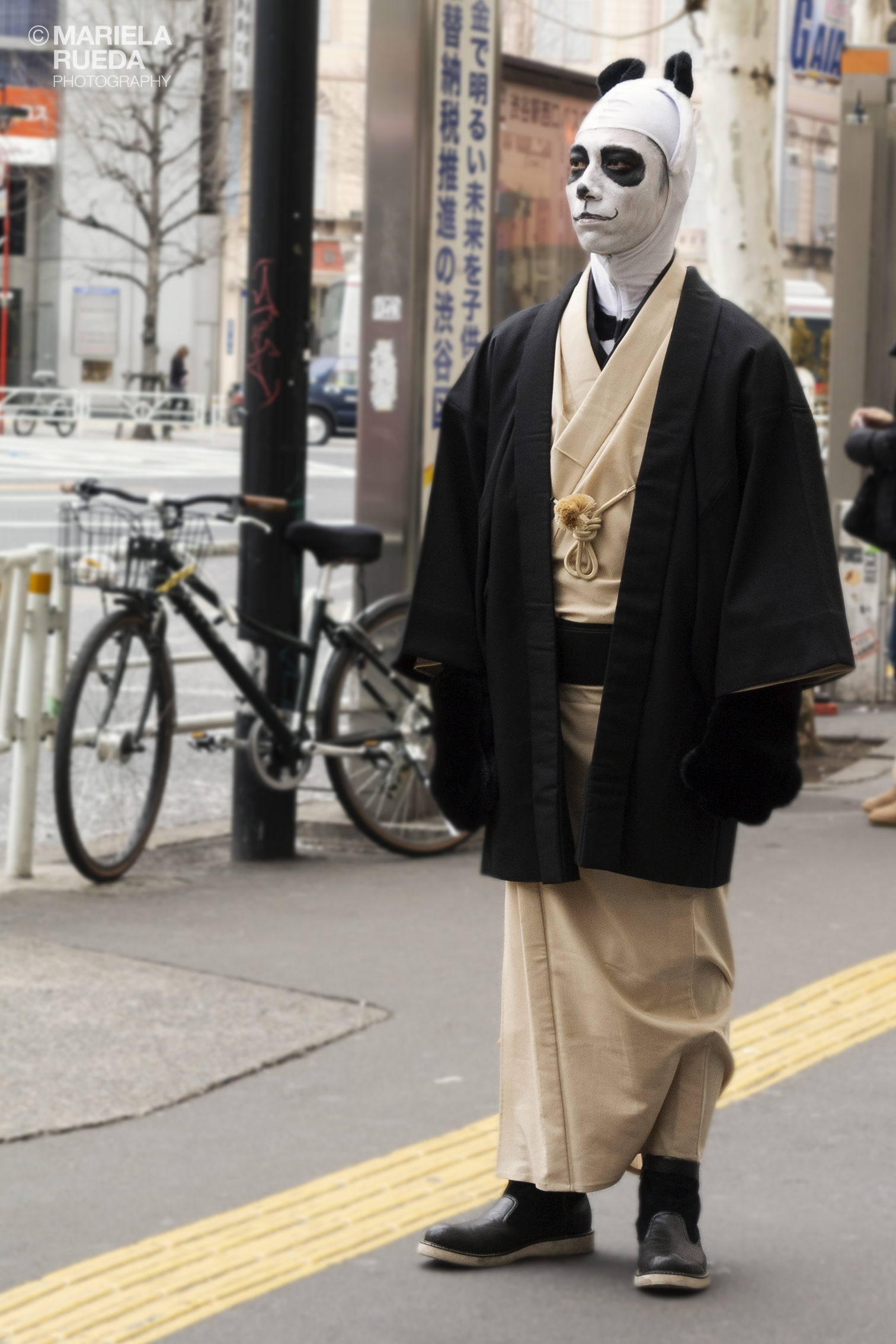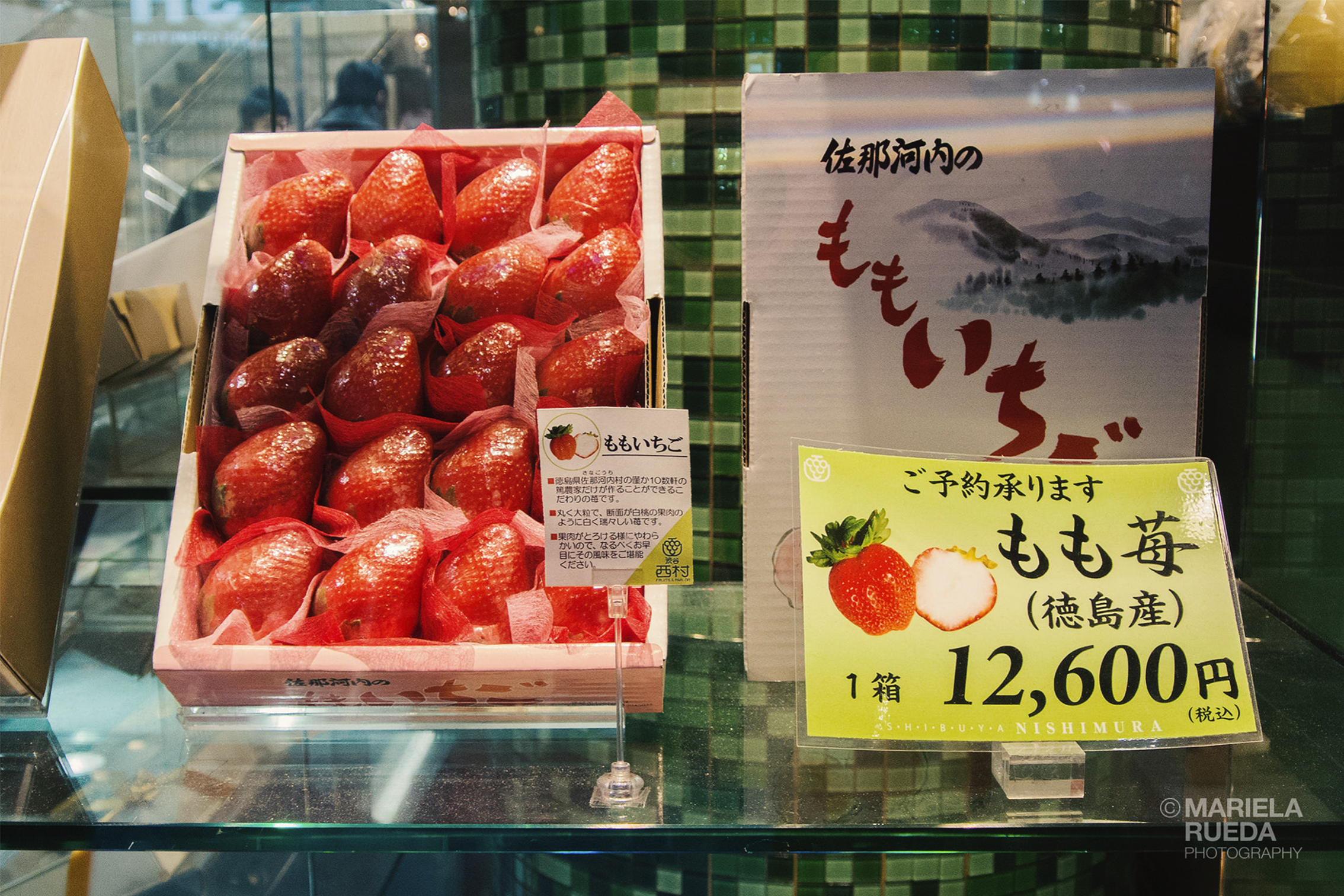The Other Island.
Tokyo, Japan.
2014
![]()
Japan is an archipelago with more than a thousand islands. Tokyo, the nation's capital, is the largest metropolitan area in the world with more than thirty million residents.
A place where good manners, traditions, landscapes, temples, food and luxury are mixed as you get closer.
This photo series was presented in La Havana, Cuba to portrait other kind of culture, from The Other Island.
Exhibited at the III Encuentro internacional de Fotografía,Cuba Foto 2014. “La Moderna” Gallery in Havana, Cuba.
Exhibited at “Emilio Rodríguez Merlín” Gallery in Güira de Melena, Cuba. November 2014.
Tokyo, Japan.
2014

Japan is an archipelago with more than a thousand islands. Tokyo, the nation's capital, is the largest metropolitan area in the world with more than thirty million residents.
A place where good manners, traditions, landscapes, temples, food and luxury are mixed as you get closer.
This photo series was presented in La Havana, Cuba to portrait other kind of culture, from The Other Island.
Exhibited at the III Encuentro internacional de Fotografía,Cuba Foto 2014. “La Moderna” Gallery in Havana, Cuba.
Exhibited at “Emilio Rodríguez Merlín” Gallery in Güira de Melena, Cuba. November 2014.

Two Japanese teenagers walking their pets in the Shibuya district of Tokyo, Japan. Shibuya is frequented mostly by young people because of the large number of shopping malls.
- Honorable mention at the Moscow International Foto Awards MIFA 2014- Honorable mention at International Photography Awards IPA 2014 - Selected photograph for exhibition at Drescher Hall Potography Gallery in Los Angeles, California. - Selected photograph for exhibition at the Pete and Susan Barret Art Gallery in Los Angeles, CA.

Nara Park (Japan) is home to hundreds of freely roaming deer. Considered in Shinto to be messengers of the gods, Nara's nearly 1200 deer have become a symbol of the city and have been designated a natural treasure.

Shibuya pedestrian crossing. Also known as Hachiko’s Crossing, where more than one million people cross daily, thats why it is
considered the most transited place in the world.

Messages in Yuzawa-machi, Japan.

Students in Tokyo, Japan.

Central Station in Tokyo, Japan.

There are in Japan two major lottery draws, one in summer, known as "Dream Jumbo" and another one at the end of the year, called "Nenmatsu Jumbo", both organized by the country's second largest bank, Mizuho held.
More than a thousand people arrive very early on upscale Ginza in Tokyo, home to one of the outlets most famous lottery in Japan by the numerous occasions when fate has dealt. Is the current prize? 1.5 million euros.
Each ballot that gives access to participate has a cost of 300 yen (2.26 euros). Those Japanese who earn more than ten million yen (75 thousand 431 euros) playing the lottery, the bank will give them a three-volume manual entitled "The book that should be read from that day, not overwhelmed by happiness sudden " with basic tips.
More than a thousand people arrive very early on upscale Ginza in Tokyo, home to one of the outlets most famous lottery in Japan by the numerous occasions when fate has dealt. Is the current prize? 1.5 million euros.
Each ballot that gives access to participate has a cost of 300 yen (2.26 euros). Those Japanese who earn more than ten million yen (75 thousand 431 euros) playing the lottery, the bank will give them a three-volume manual entitled "The book that should be read from that day, not overwhelmed by happiness sudden " with basic tips.

Kiyomizu-dera Temple in Kyoto, Japan.

Girls in Kiyomizu-dera Temple. Kyoto, Japan.
The kimono historically born during the Heian period in the late eighth century. There are different kimonos: from simple yukata, to be used at home or for bath time (considered a kimono daily); kimono for single women, with long sleeves and bright colors (furisode), long sleeves in black color for older women or married (tamasode) and children (hanten).
Previously, the traditional kimono and obi (belt sort of holding the kimono) were made in silk imported from Korea or China. Over time, they began to be manufactured in cotton, a much cheaper material.
The kimono historically born during the Heian period in the late eighth century. There are different kimonos: from simple yukata, to be used at home or for bath time (considered a kimono daily); kimono for single women, with long sleeves and bright colors (furisode), long sleeves in black color for older women or married (tamasode) and children (hanten).
Previously, the traditional kimono and obi (belt sort of holding the kimono) were made in silk imported from Korea or China. Over time, they began to be manufactured in cotton, a much cheaper material.


In Kyoto there are more than 1,500 temples, most of them are Buddhist temples but there also are Shinto temples. The most representative is the temple of Kyoto Kinkaku-ji (Golden Pavilion) created initially as a place to rest for Shogun Ashikaga Yoshimitsu (1358-1409). The building, decorated with gold leafs, was transformed into a Zen temple shortly after his death. In 1950, Kinkaku-ji was burned down by a monk of 21 years old. The temple was rebuilt in 1955 and currently works as a warehouse of holy relics.
Harajuku is one of the most famous neighborhoods in Tokyo because it is a fashion center. It is full of prestigious stores, but also on weekends, it is the place where young people hang around wearing costumes, this trend is called “Cosplay” (Costume Play).

Famous actress is captured by reporters when buying a snack at Nakamise shopping area in the Asakusa Kannon Temple in Tokyo, Japan.

Fruit in Japan is not just considered a nutritious food but a luxury product that is sold in boutiques like exquisite jewelry is involved.
Famous for its prohibitive prices in Japan the value of the fruit is equated to its quality and exclusivity, depending on the peculiarities of their cultivation. Prices range from $262 (for a bunch of grapes) to $ 12.500 (2 melons).
Japanese culture considers the fruit as a great gift to visit someone in the hospital, attending a birthday dinner, being a stylish and unique product.
Famous for its prohibitive prices in Japan the value of the fruit is equated to its quality and exclusivity, depending on the peculiarities of their cultivation. Prices range from $262 (for a bunch of grapes) to $ 12.500 (2 melons).
Japanese culture considers the fruit as a great gift to visit someone in the hospital, attending a birthday dinner, being a stylish and unique product.
︎ home